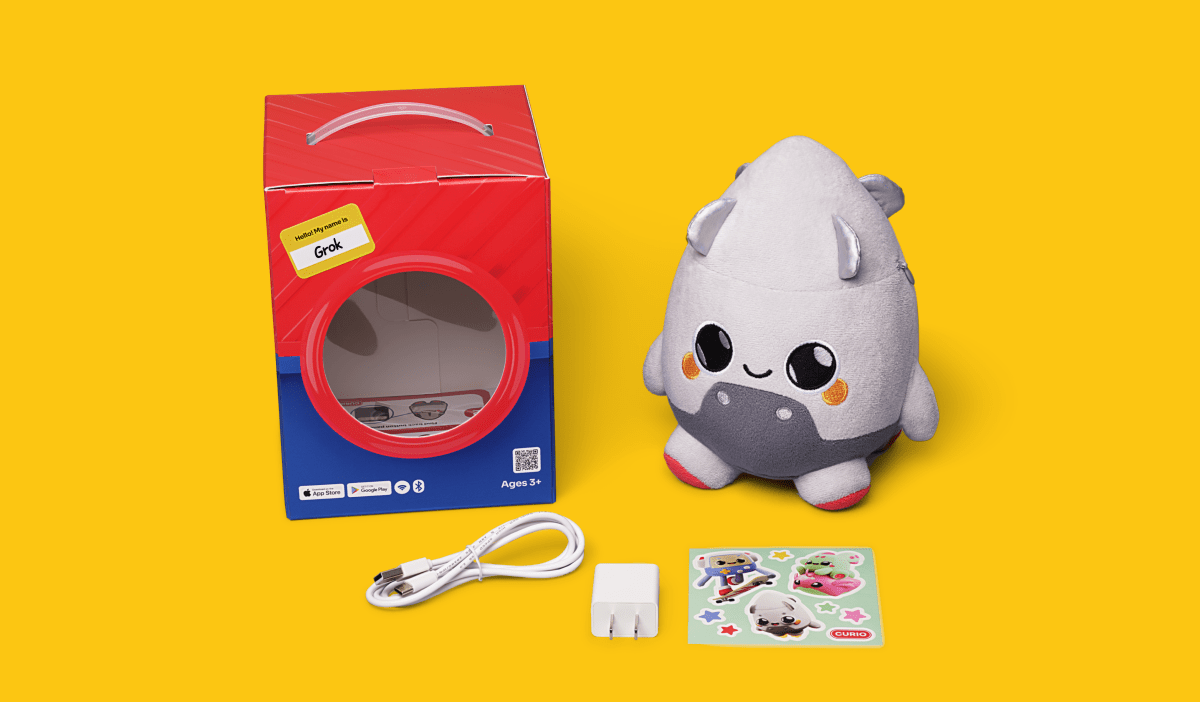AI plush companions for kids: screen‑free play or surrogate parent?

Startups are pitching cuddly, AI-enabled plush companions as a kinder, screen-free way to entertain and educate kids. The promise: interactive conversations, games, and gentle guidance without another glowing rectangle.
A recent hands-on with one such toy, Grem from the startup Curio, tells a more complicated story. During the demo, the chatbot worked hard to build rapport, which left the adult tester uneasy — feeling less like they were meeting an upgraded teddy and more like the toy was subtly stepping into a caregiver role.
Curio also offers a plush called Grok, which the company markets independently from any similarly named chatbots elsewhere. Together, these talking toys are designed to keep children engaged without a tablet or TV. Yet the experience raised a broader concern: even when there’s no screen in sight, kids may still learn that answers, attention, and validation come from an always-available, tech-driven voice.
In the end, the tester did let their children play with Grem — but only after removing and hiding the voice box. The kids still chatted to the plush, invented games, and had fun. Soon after, they were ready to watch some TV anyway.
The takeaway isn’t that smart plushies are doomed, but that families should set expectations. If these toys are used at all, they may work best as ordinary stuffed animals — or as occasional novelties rather than stand-ins for parents or teachers.



